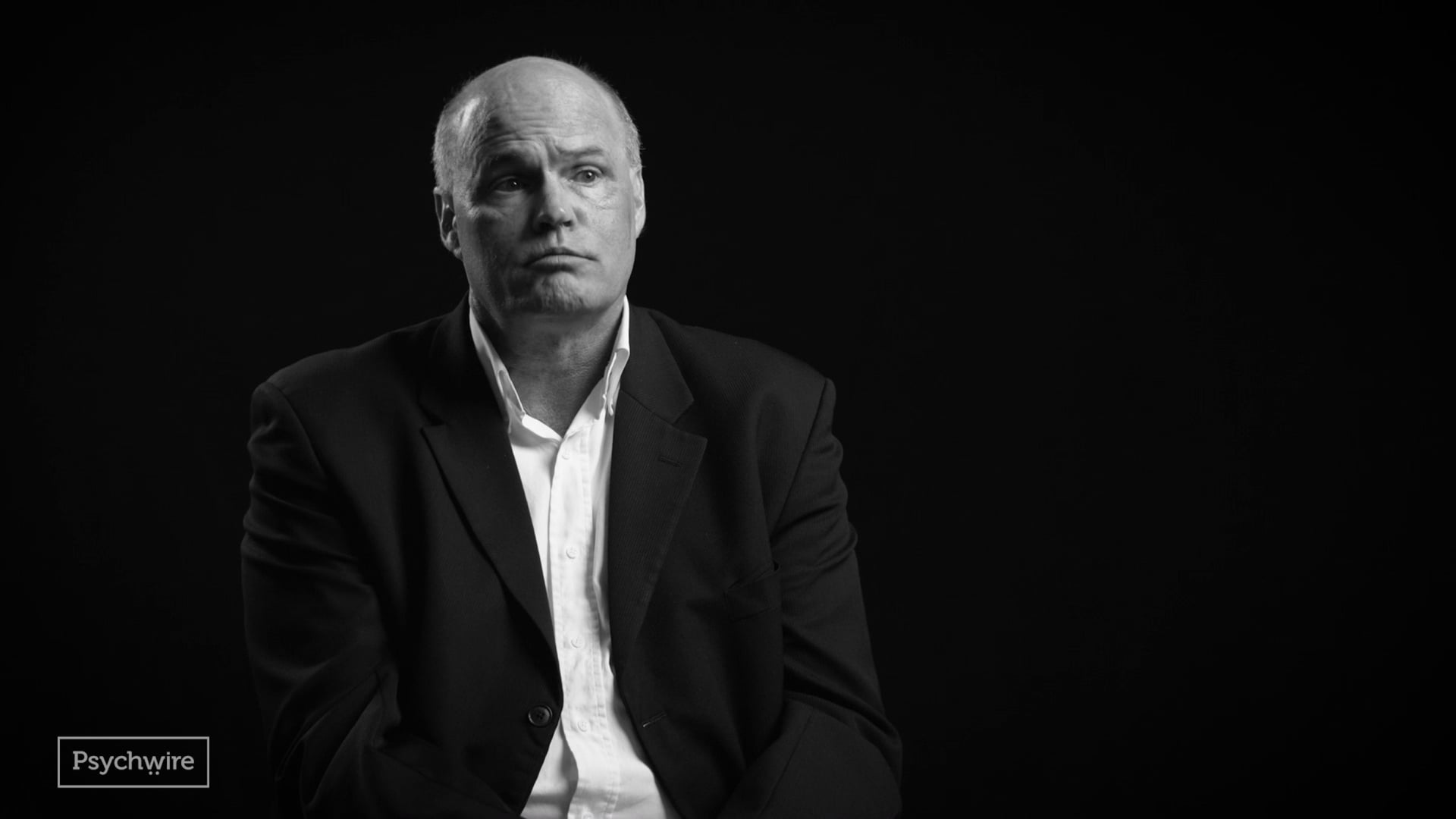
The Interpersonal Theory of Suicide
 AMSR for Inpatient Settings
AMSR for Inpatient SettingsRuns in my family. I lost my father to suicide. And so it's not merely an intellectual or a clinical exercise for me. It's very personal. My team and I have, over the course of decades, now developed the interpersonal theory of suicidal behavior. And essentially, we boiled it down to three factors. Each of these three factors has to combine in the same individual. And when it does, then the risk escalates. What are the three factors?
A couple of them are pretty intuitive. One that's kind of like that, we've named Perceived Burdensomeness. The view that your death will be worth more to others than your life. And then another, state of mind is important. We've named it, Thwarted Belongingness. Which is also easy to grasp. It's just loneliness or social disconnection.
And the logic of the model is that when those two things burdensomeness and thwarted belongingness combined. It produces severe desires. Thoughts, ideas, about suicide. The novel part of the model is trying to explain why it is that some people carry those thoughts forward into behavior. And there is where the third factor kicks in. That one has to do with what we've named The Capacity for Suicide. That capacity is made up of things like being fearless about death, being fearless about physical injury.
Being fearless in general, just a fearless character, but also of things like pain tolerance. People have high pain tolerance or unafraid of physically painful things. And then a third aspect of that capacity idea has to do with practical knowledge. Do you know how to operate something like a weapon, for instance?
When those three qualities, capacity, burdensomeness, and belongingness come together in the same individual. That's when we predict that risk will will escalate sometimes lethally.